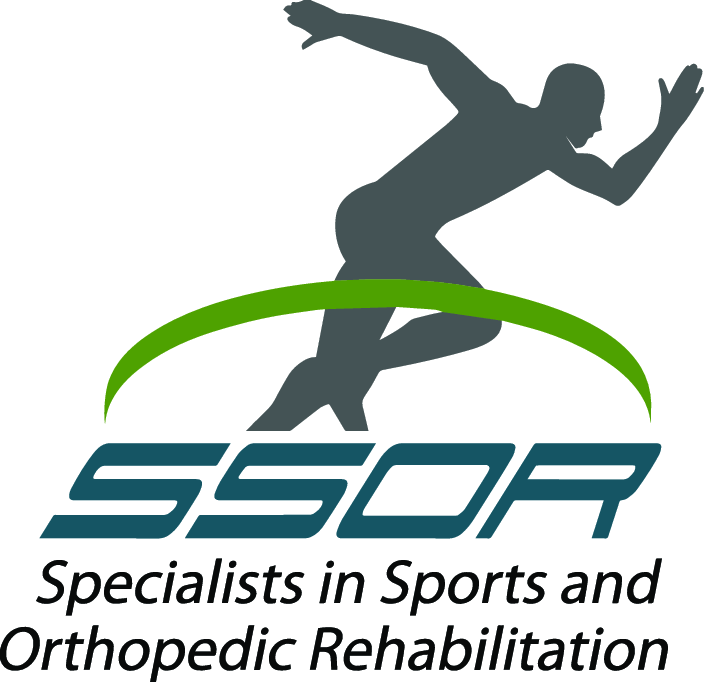Which ACL Graft is Better?
We see a lot of people after ACL reconstruction at SSOR. People always ask us all the time pre-operatively what the “best” graft choice is for ACL reconstruction. Unfortunately, this will sound like a total cop out, but there really is no perfect graft choice. There are many factors that go into choosing which graft is best for you. First of all, you should discuss this with your orthopedic surgeon. Every surgeon has different training and different biases and levels of comfort one way or the other. You could line up 5 surgeons and you would bet you get at least 3 different answers. Secondly, your age, activity level, and other injuries, if any, that are associated with the condition are considered as well. The physical therapists at SSOR have a solid understanding of the research, post-operative considerations, as well as the long-term data when it comes to ACL graft choices. Plus, we’re the ones seeing how people actually do – it’s at least worth hearing us out right?
What’s the Difference?
An autograft is when your own tissue is used for your ACL reconstruction. Typically, this is the central 1/3rd of your patellar tendon or part of your medial hamstring is harvested. An allograft is tissue from a cadaver.
Are Allografts Even Safe?
Yes, allografts are very safe. The risk of disease transmission is extremely low. If you’re not confident, talk to your doctor about it.
Allograft or Autograft?
First of all, people that have allografts recover much faster than autografts. That said, that’s not really a good thing so to speak. Because it’s foreign tissue, the good thing is that you don’t have your own tissue insulted. The problem though with allografts is twofold – one, they take much longer to “incorporate” into the knee and two, multiple studies have shown that they are looser in the long run. There is a study in the American Journal of Sports Medicine that showed allografts required more revisions than autografts did in a large group of young military personnel. Further, a study in Sports Health in 2010 analyzed over 5000 studies on ACL reconstructions and found that without question, allografts end up looser in the long run than autografts. Why is that a problem? Well, if it’s loose it can lead to degeneration of the joint faster and may lead to instability in the joint (which is why you have surgery in the first place – to restore stability!). Fortunately, we know a lot more now about allografts and how they hold up long-term. They tend not to do as well. The research has shown that over the last 10-15 years.
The “rub” though is that people do well functionally – actually it’s about the same when comparing allo v. autografts. The question then becomes something you and your doctor have to decide – do you want to get back on your feet ASAP or are you seeking long-term stability so you can stay active with a stable knee for a long time? Let us give you two examples. Let’s say you are a fairly sedentary person who has a busy career, maybe in your 40’s, and you just want to be able to play with your kids without your knee buckling. Well, you might consider an allograft because you’ll recover faster and it’ll get you by. Or, let’s say you have a multiple ligament knee injury – you’ll likely need some allograft tissue because you only have so much of your own they can take!! On the other hand, let’s say you are a competitive athlete, weekend warrior or high school/college athlete, you will want the knee to be stable for sure for a long time and be able to withstand the strain of strenuous physical activity. In this case, you are likely to choose an autograft.
If you do decide to go the allograft route, YOU NEED TO SLOW DOWN! Believe us – you’ll feel great. Good motion, little to no pain, good functioning. However, you can’t see “below the surface.” Your body takes much longer to “accept” the graft and heal completely – to revascularize and to re-innervate it. This is why they get loose long-term – people go too fast on them and they “stretch” out.
So What’s the SSOR Recommendation?
Definitely choose autograft when you can. They hold up better long-term and give you the stability you seek from surgery. You are definitely “rolling the dice” with an allograft.
The sports physical therapists at SSOR know the complexities of ACL rehab and understand the subtle differences between graft choices. You can be confident that our approach is unmatched. Even if you’ve completed rehab and aren’t satisfied with your outcome, we’d like a shot – we’ve worked miracles on people who have thought there was no hope or thought they were as good as they were going to be. It would be a privilege to serve you – give us a call!
